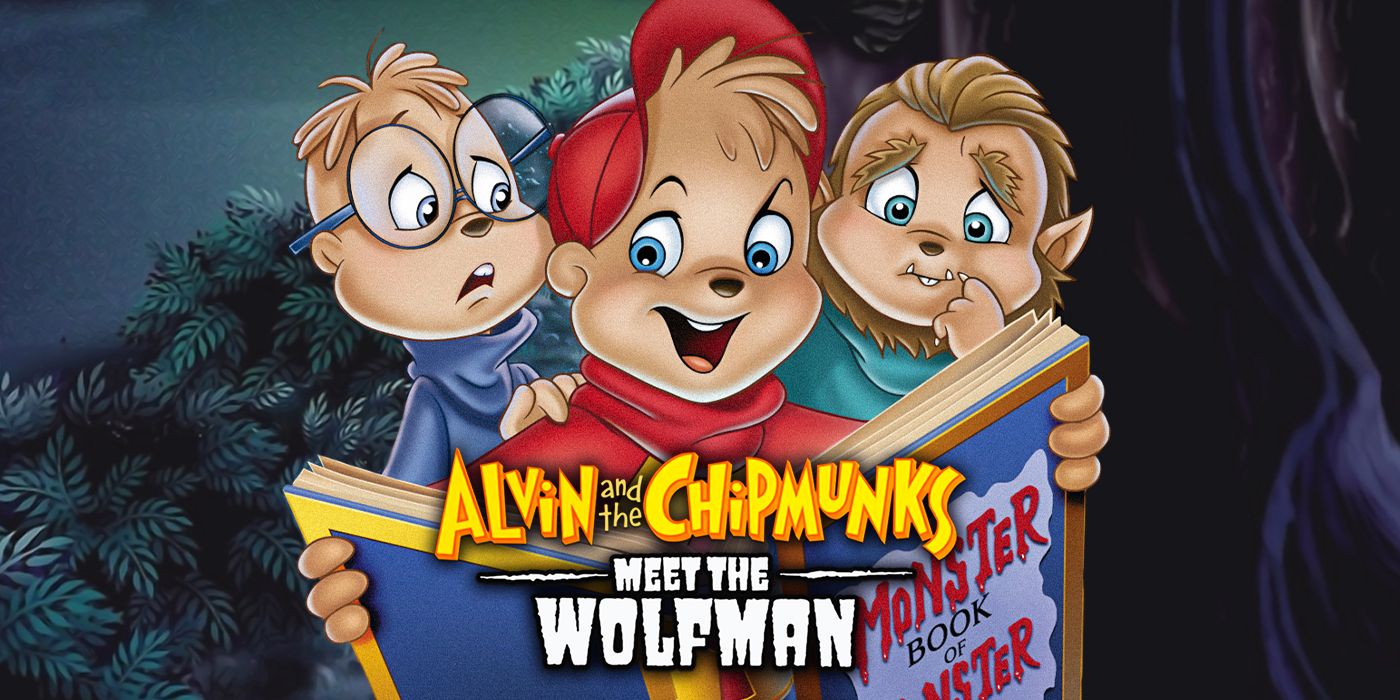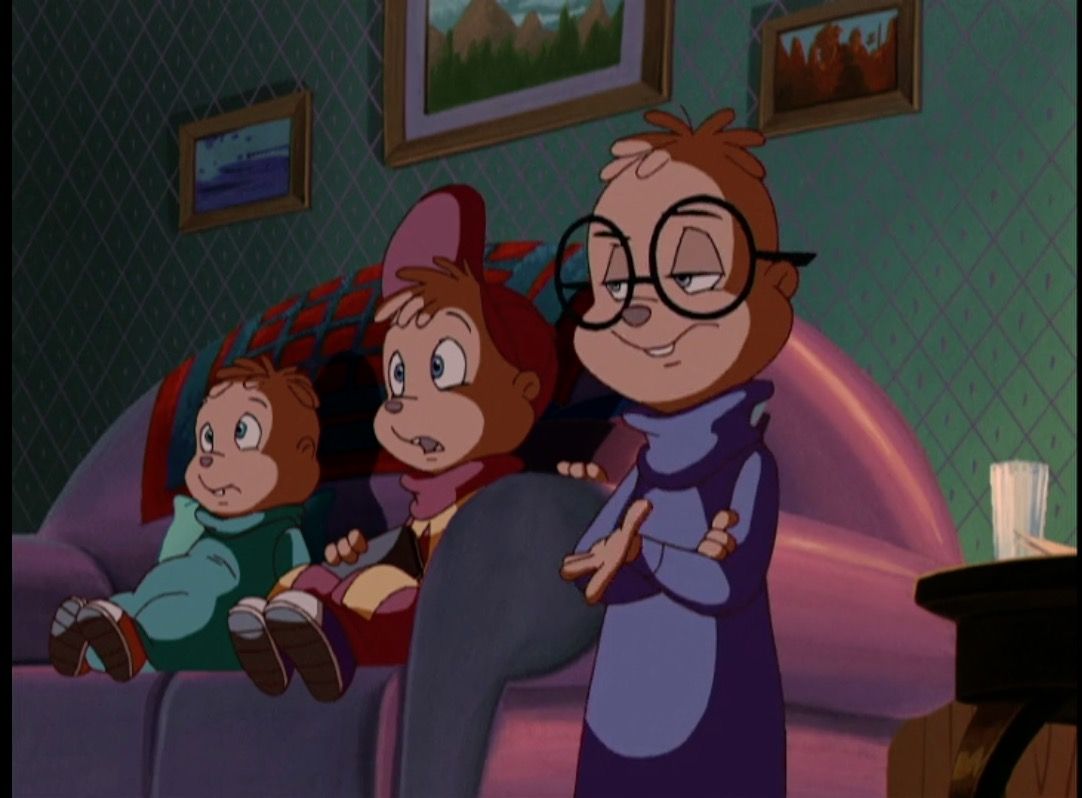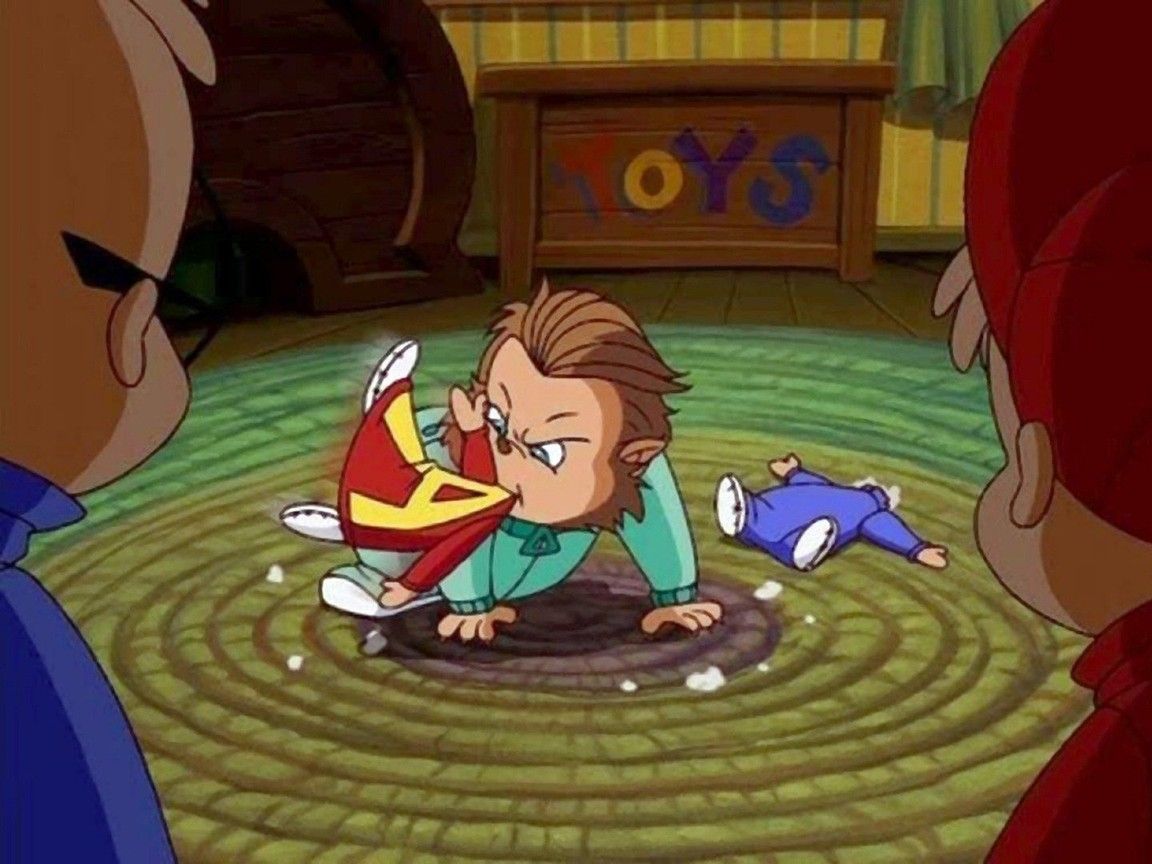Something I hope the new age of streaming brings about is getting older films in front of kids. Television used to provide that service; as recently as the early 2000s, child-friendly channels like Cartoon Network gave a healthy portion of their programming over to classic animation, and you had a reasonably good chance of catching a black and white film somewhere other than Turner Classic Movies. Video rental stores were still around then too, and they could have a decent selection from all ends of cinema history depending on the store near you. But network priorities change, distribution models for home viewing collapse, and it can be an uphill battle these days to get anything older than the first Star Wars in front of an audience.
But there are other, roundabout paths to classic cinema. A good number of animated films and series wear their love and debt to older generations of filmmaking on their sleeves. Such series were where I was first exposed to impressions of movie stars like Bogart and Hepburn, references and parodies of films like Citizen Kane, and nods to the film music of Williams, Horner, Korngold, and Steiner. For the most part, these all happened at such a young age, and stretched on for so long a time, that I can’t pinpoint specific moments of exposure, or recall exactly which cartoon led to which classic film. But one of these instances, I remember very well.
The year: 2000. My age: 10. My grade: fifth. It wasn’t quite Halloween yet, but it was October, and towards the end of the school day. Our teacher had a television and VCR set up on a cart (remember those?) which usually meant we were about to watch a tape of Really Wild Animals or a documentary on the Alamo. But this time, it was an early Halloween treat going into the cassette slot, a direct-to-video movie from the heyday of that format. And that film was Alvin and the Chipmunks Meet the Wolfman.
This was a spin-off from the Alvin and the Chipmunks series that ran from 1983 to 1990, the second animated incarnation of Ross Bagdasarian’s trio of singing rodents. Bagdasarian’s son (of the same name) had taken over voicing the Chipmunks and managing their career upon his father’s death, and after the 80s series ran its course, he and his wife and co-producer Janice Karman entered into a licensing deal with Universal Studios. The 1990s were a big decade for Universal: they opened both of their Florida theme parks, and they were mining their film library to exploit in the age of home video. A prime target for exploitation was their legacy of horror films – the Universal Monsters. Universal enjoyed success with their VHS release of the Classic Monster Collection, and in the spirit of Abbot and Costello, they decided that the best use of the Chipmunks was to have their 80s-90s selves meet the Monsters. Alvin and the Chipmunks Meet Frankenstein came first, then Meet the Wolfman, before Bagdasarian Productions sued to regain all rights to their boys.
Not that I knew any of this in the fifth grade. I had seen Alvin and the Chipmunks on TV here and there but never watched the show that closely, and I knew nothing about the Universal Monsters beyond throwaway references in pop culture. Besides a chance TV viewing of Wolf with Jack Nicholson as a preschooler, I don’t think I had even seen a horror film before then. None of that hindered my ability to follow the plot of Meet the Wolfman, which isn’t that complicated: just as monster-obsessed Alvin suspects their new neighbor is a werewolf, Theodore gets bitten by a “big dog” and becomes a werewolf. In the background is a school play of Dr. Jekyll and Mr. Hyde, providing a role for Rob Paulsen as semi-talented theater teacher Mr. Rochelle, and Miriam Flynn and April Winchell also guest star as, respectively, the exasperated school principal and the local TV horror movie host Alvin depends on for advice.
These three comic characters did their job; I laughed at them so loudly that I caught dirty glares from classmates. The interplay among the Chipmunks, and between them and their long-suffering manager Dave, got its fair share of chuckles out of me too. But it was everything to do with the titular Wolfman that most fascinated me. Not having seen horror movies before this, so much of it was new to me: silver as a weapon against lycanthropy, the idea that a werewolf wouldn’t want to be one, making a set piece of the transformation, and monsters actually being dangerous beyond a Scooby-Doo level of mischief. Maurice LaMarche’s gruff performance contrasted hilariously with the Chipmunks and their cartoon world, and when the movie was over and the school bell rang, I went home wanting more of both.
Getting more of the Chipmunks was easy enough; reruns of Alvin and the Chipmunks were on Cartoon Network, conveniently in the hour before school started. As for the Universal Monsters, that took a trip to the video store. We had a Blockbuster and a Hollywood Video within a block of each other, and between the two, all the major Universal titles were available except for The Invisible Man. Naturally, I checked out The Wolf Man from 1941, but I also rented Werewolf of London, Dracula, Frankenstein, Creature from the Black Lagoon, and as many of the sequels as they had in stock. Television was a help with the monsters too, thanks to AMC’s Monsterfest during October. There, you could see classic horrors made by studios other than Universal, as well as the full-color productions of Hammer Studios from the 50s through the 70s. With very few exceptions, I didn’t find any of these films to be scary – I found them thrilling. I loved the elaborate monster make-ups, the atmosphere of the period sets and costumes, the driving musical scores on most of the films, and the larger-than-life performances of stars like Bela Lugosi, Boris Karloff, and Lon Chaney Jr. as Larry Talbot, aka the Wolf Man. I went as the Wolf Man that Halloween, and for about two years, I couldn’t get enough of either the Universal Monsters or the Chipmunks.
That has not lasted through the years where the Chipmunks are concerned. The thickest of nostalgia goggles can’t hide how typical – and typically mediocre – a Saturday morning cartoon Alvin and the Chipmunks was. The songs covered on the show might have helped introduce children to good music, but the best that can be said for its production values is that the Chimpunks have appealing designs compared with the CGI monstrosities that replaced them. But my love of horror films, and particularly classic horror films, persists and strengthens with age. It’s easier these days to move beyond the immediate entertainment value to appreciate the narrative and thematic strengths of the best of them. The Wolf Man is rich with themes, touching on fractured bonds between fathers and sons, class tensions, unrequited love, insanity, and the cruelty of fate. If it doesn’t have the power to scare anymore, it still has the power to move, and the same holds true for all the better Universal Monsters.
All well and good, you may ask, but what does any of this have to do with getting kids to watch old movies, and what would it matter if they did? Well, it matters for the same reason it matters that kids be exposed to classic literature, art, and music. Cinema has become another major component of our cultural heritage. Classic films have sights, sounds, subjects, concerns, and modes of expression beyond what children experience in their day-to-day lives or in modern entertainment. They offer them a way to visualize the past – the good and the bad – and the best of them still speak to the present and the future. Like great novels, they can challenge the mind and the heart, and they may inspire new interests and excite passions kids never knew they had. I certainly never expected to be a lifelong devotee of Gothic fiction before I was ten. By way of classic horror, I’ve been exposed to such diverse fare as Of Mice and Men, Richard III, and the films of Akira Kurosawa. The Victorian setting of many of these movies helped imbed within me a passion for the Romantic movement, medieval architecture, the development of constitutional monarchy, and the stylistic superiority of Inverness coats over modern winter wear.
But I may never have come by any of that without one little direct-to-video movie played in the fifth grade. Alvin and the Chipmunks Meets the Wolfman holds up better than anything else connected to the 80s cartoon; I daresay it’s the best piece of media with the Chipmunks name on it. The comedy with Paulsen, Winchell, and Flynn still makes me laugh, the Chipmunks themselves all get a chance to showcase their respective personalities, and the overall plot is solid. And as a tribute to the Universal Monsters, it’s respectful and faithful to the core elements of The Wolf Man. Maurice LaMarche’s dignified but unfriendly Lawrence Talbot doesn’t have much resemblance to Lon Chaney’s affable and blue-collar Larry, but the werewolf mythology of the film is intact, right down to writer Curt Siodmak’s evocative poem. It’s hardly as deep or as dark as The Wolf Man, but those aspects of a horror film the cartoon does have are presented truthfully, a taste of what awaits you if you give the real thing a shot.
Horror may not be the area of the classics you or your children relish. But cinema has always offered works of all genres and styles, and there are plenty of cartoons that reference the oldies with love and fidelity. If your kids come away from any of those wanting to see what inspired them, indulge their interest. You never know where it might lead.



